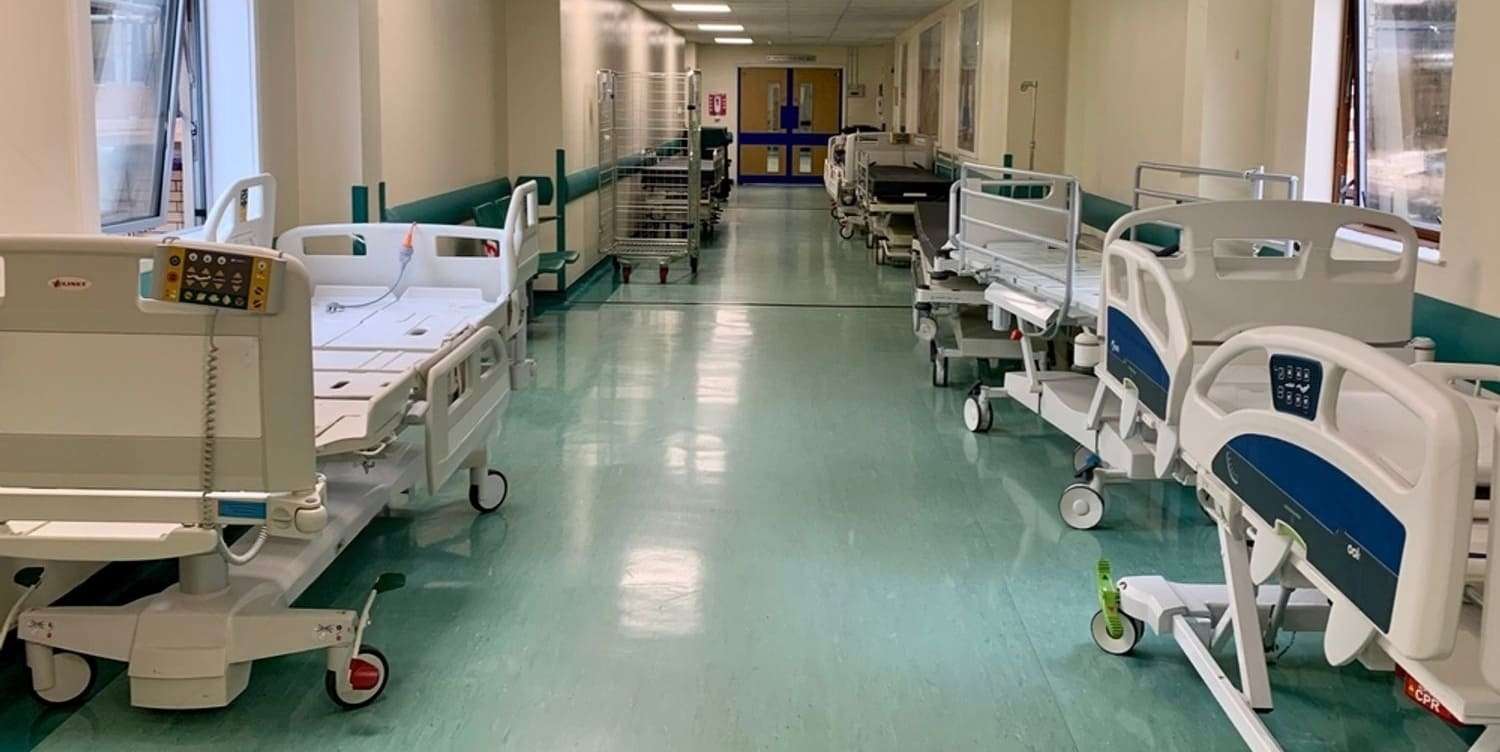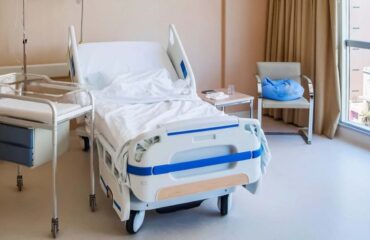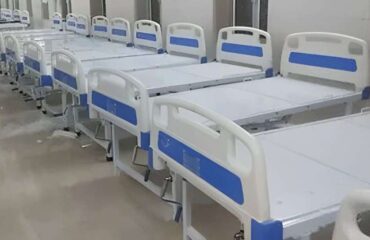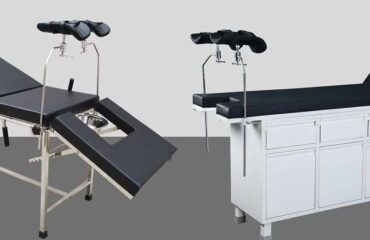Hospital beds are a critical component of healthcare infrastructure, providing necessary support and care for patients. In India, the availability and distribution of hospital beds are influenced by factors such as population density, urbanization, and government policies. Understanding the types, distribution, and challenges related to hospital beds is essential for improving healthcare delivery in the country.

Hospital beds in India can be broadly categorized into:
- General Ward Beds: Basic beds in shared wards, typically used for non-critical patients.
- ICU Beds: Equipped with advanced medical technology for critical care patients.
- Maternity Beds: Specialized beds for childbirth and postnatal care.
- Pediatric Beds: Designed specifically for children, often with additional safety features.
- Specialty Beds: Beds for specific medical conditions, such as burn units, cardiac care, or orthopedic needs.
Hospital beds are a vital component of the healthcare system in India. While progress has been made, there is a continuous need for improvement in terms of quantity, distribution, and quality. Addressing these challenges through effective policies and investment will be crucial for ensuring better healthcare outcomes for the Indian population.
Choosing the Right Hospital Beds: A Guide
Selecting the right hospital bed is crucial for providing appropriate care and comfort to patients. Various factors must be considered, including the type of patient, the medical condition, the healthcare setting, and budget constraints. Here’s a guide to help you choose the right hospital beds for different needs.
Types of Hospital Beds
Manual Beds
- Features: Operated by hand cranks for adjusting height, head, and foot sections.
- Best For: Low-budget settings or places with limited access to electricity.
- Pros: Cost-effective, easy to maintain.
- Cons: Labor-intensive for caregivers, limited adjustment options.
Semi-Electric Beds
- Features: Combination of electric motor and manual adjustments.
- Best For: Facilities with moderate budgets seeking some automation.
- Pros: Easier for caregivers to adjust than manual beds, affordable.
- Cons: Manual effort still required for some adjustments.
Full Electric Beds
- Features: Fully automated with electric motors controlling all adjustments.
- Best For: Modern hospitals, ICUs, and patients requiring frequent repositioning.
- Pros: Maximum convenience, precise adjustments, reduces caregiver strain.
- Cons: Higher cost, requires uninterrupted power supply.
Bariatric Beds
- Features: Designed for obese patients, with higher weight capacity and wider dimensions.
- Best For: Hospitals and clinics treating bariatric patients.
- Pros: Enhanced support, durable, reduces risk of injury for both patients and caregivers.
- Cons: More expensive, requires more space.
Pediatric Beds
- Features: Sized for children, often with built-in safety features like side rails.
- Best For: Pediatric wards, children’s hospitals.
- Pros: Ensures child safety, often designed to be child-friendly.
- Cons: Limited use for adult patients.
ICU Beds
- Features: Equipped with advanced functionalities for critical care, including multiple adjustment options and integrated monitoring systems.
- Best For: Intensive care units, critical care environments.
- Pros: Supports comprehensive patient care, highly adjustable.
- Cons: High cost, complex to operate.
Key Factors to Consider for Hospital Beds
Patient Needs
- Mobility: Patients with limited mobility may require beds with easy adjustability and transfer options.
- Condition: Specific conditions like respiratory issues may necessitate specialized beds (e.g., beds that can position patients at various angles).
Comfort and Support
- Mattress Type: Consider pressure-relief mattresses to prevent bedsores, especially for long-term care patients.
- Adjustability: Beds should offer head, foot, and height adjustments for patient comfort and care procedures.
Safety Features
- Side Rails: Essential for preventing falls, especially in pediatric and geriatric patients.
- Emergency Features: Quick-release mechanisms and CPR functions are critical in emergency situations.
Facility Requirements
- Space: Ensure the bed fits within the room without obstructing movement.
- Power Supply: Availability of a reliable power source for electric beds.
- Integration: Compatibility with other medical equipment and facilities within the healthcare setting.
Budget Constraints
- Cost: Balance between the required features and available budget.
- Maintenance: Consider long-term maintenance costs and availability of spare parts.
Additional Considerations
Durability and Quality
Invest in beds made from high-quality materials to ensure longevity and reliability.
Ease of Cleaning
Beds should be designed for easy cleaning and disinfection to maintain hygiene standards.
Manufacturer and Warranty
Choose reputable manufacturers that offer good customer service, warranties, and after-sales support.
Hospital Equipment Mfg. Co. – India’s leading provider of hospital beds
Hospital Equipment Mfg. Co. (HEMC) is a leading Indian manufacturer and exporter of hospital beds and other medical equipment. The company is renowned for its high-quality products, innovative designs, and competitive pricing, making it a preferred choice for healthcare facilities worldwide.
Product Range
HEMC offers a wide variety of hospital beds tailored to meet the diverse needs of healthcare providers. Their product range includes:
Manual Hospital Beds:
- Features: Hand crank operations for basic adjustments.
- Best For: Budget-conscious facilities with limited access to electricity.
Semi-Electric Hospital Beds:
- Features: Combination of manual and electric adjustments.
- Best For: Facilities seeking a balance between cost and convenience.
Full Electric Hospital Beds:
- Features: Fully motorized for effortless adjustments.
- Best For: Modern hospitals and critical care units.
ICU Beds:
- Features: Advanced functionality with integrated monitoring and multiple adjustment options.
- Best For: Intensive care units requiring sophisticated patient management.
Bariatric Beds:
- Features: Higher weight capacity and wider dimensions to accommodate obese patients.
- Best For: Facilities treating bariatric patients.
Pediatric Beds:
- Features: Safety features tailored for children, including side rails and child-friendly designs.
- Best For: Pediatric wards and children’s hospitals.
HEMC – Key Strengths
Quality and Innovation
- High Standards: HEMC adheres to international quality standards, ensuring durable and reliable products.
- Innovative Design: Focuses on ergonomic designs that enhance patient comfort and caregiver efficiency.
Customization
- Tailored Solutions: Offers customization to meet specific requirements of different healthcare settings.
- Adaptability: Products designed to cater to diverse medical conditions and patient needs.
Competitive Pricing
- Cost-Effective: Provides high-quality products at competitive prices, making advanced healthcare accessible globally.
- Value for Money: Balances quality with affordability, ensuring long-term savings on maintenance and replacements.
Global Reach
- Export Network: Extensive distribution network ensuring timely delivery to international clients.
- Client Base: Serves a wide range of clients, including hospitals, clinics, and healthcare facilities across various countries.
HEMC- Services
After-Sales Support
- Maintenance: Comprehensive after-sales support and maintenance services.
- Spare Parts: Easy availability of spare parts to minimize downtime.
Training and Installation
- Professional Training: Provides training for hospital staff on the proper use and maintenance of beds.
- Installation Services: Offers professional installation services to ensure optimal setup and functioning.
Certifications and Compliance
- ISO Certification: Complies with ISO standards, ensuring high-quality manufacturing processes.
Case Studies and Client Testimonials
- Case Study 1: Modern Hospital in Africa
- Challenge: Need for affordable, high-quality hospital beds for a newly established hospital.
- Solution: HEMC provided a range of manual and electric beds tailored to the hospital’s budget and requirements.
- Outcome: Improved patient care and operational efficiency, with positive feedback from healthcare professionals.
Case Study 2: Pediatric Hospital in Southeast Asia
- Challenge: Requirement for safe and comfortable beds for pediatric patients.
- Solution: Customized pediatric beds with safety features and child-friendly designs.
- Outcome: Enhanced safety and comfort for young patients, leading to higher satisfaction rates among parents and caregivers.
Conclusion
Hospital Equipment Mfg. Co. stands out as a global provider of hospital beds from India, offering high-quality, innovative, and cost-effective solutions. Their commitment to quality, customization, and comprehensive support makes them a trusted partner for healthcare facilities worldwide. By choosing HEMC, hospitals can ensure enhanced patient care and operational efficiency, backed by reliable products and services.


